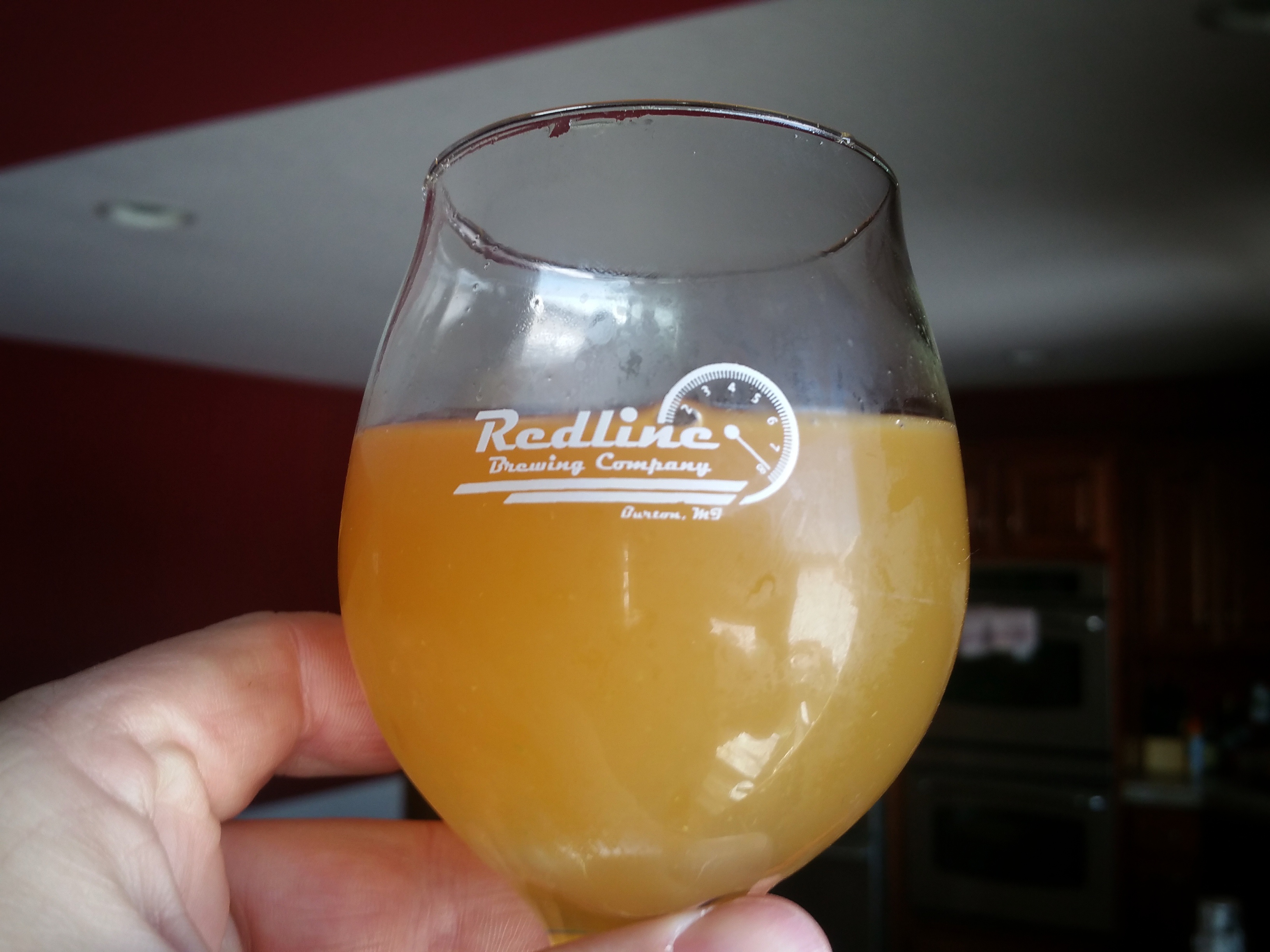Well, for one thing, Julius is not sold in bottles so I'm a little bit skeptical already.

The BYO recipe uses U.K. pale ale malt (which is basically the equivalent of MO or GP), about 10% oats and a few miscellaneous additions (honey malt, Carapils). I agree, the grainbill is probably fairly simple, and around 4-6 SRM it doesn't leave you much room for specialty malts. But they definitely have something to improve head retention/lacing, as it lasts for ages. And I would venture to guess that the hop bill is at least 50% Citra, and probably a mix of Simcoe/Centennial/CTZ to balance it out. Not sure I agree with the use of Mosaic -- it's got a very noticeable pineberry pop that I don't get from Julius. If I had a guess:
83% Maris Otter
12% Flaked oats
3% Dextrose
2% Carapils
Mash @ 154
CTZ to 60 IBU
4:2.5:1.5 Citra, Simcoe, and CTZ split half at whirlpool and half as a 4 day dry hop


